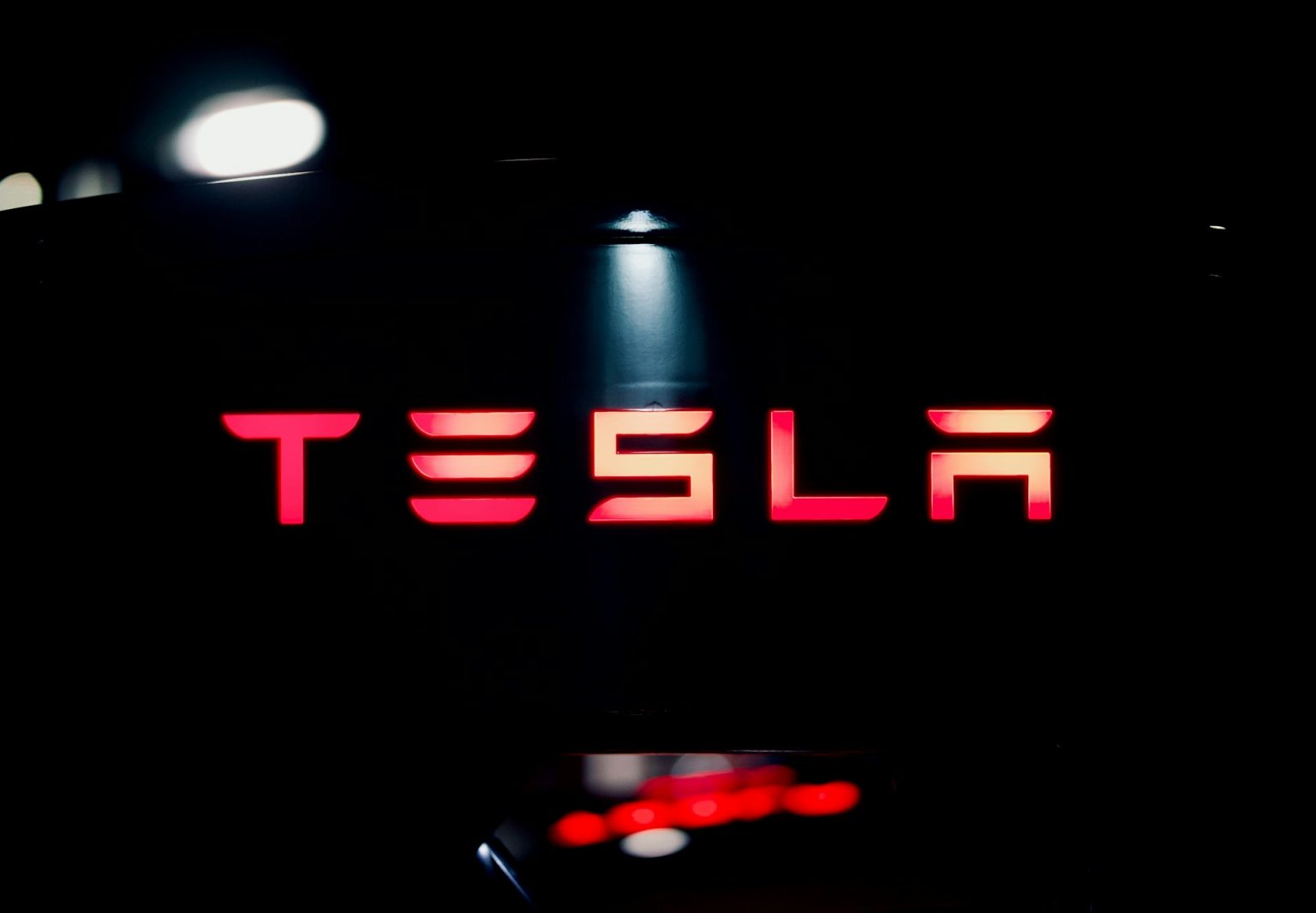Tesla’s (TSLA) stock performance has been under scrutiny this year, with the company’s shares falling by 12% in 2024. After peaking in July, Tesla’s stock has dropped 20%, partly driven by a year-over-year decline in second-quarter earnings. As the much-anticipated October robotaxi reveal event approaches, investors are weighing their options.
In its Q2 earnings report, Tesla disclosed a 43% drop in earnings per share to $0.52, despite a 2% increase in revenue to $25.5 billion compared to the same period last year. Analysts had expected higher earnings of $0.61 per share and lower revenue of $24.54 billion, according to FactSet. Tesla attributed its revenue success to record-breaking quarterly sales despite challenging market conditions. However, the company’s gross margins shrank by 23 basis points to 18%, with automotive gross margins, excluding regulatory credits and leases, hitting 15.1%, aligning with analysts’ expectations.
Tesla’s CEO, Elon Musk, previously asserted during the Q1 earnings call that those who doubt Tesla’s progress in achieving full autonomy should reconsider investing in the company. He reiterated this stance during the Q2 call, emphasizing the importance of the company’s self-driving technology.
Before Tesla’s Q2 earnings announcement, the market was optimistic. Tesla’s stock had risen over 25% in July, thanks to a strong second-quarter vehicle delivery performance. However, since then, the stock has faced setbacks, with a 7.7% drop in August and an 11% decline since the earnings report.
Now, investors are eagerly awaiting Tesla’s next major event: the robotaxi reveal in October. Key updates on the company’s strategy, product lineup, and electric vehicle demand are expected to play a crucial role in determining whether it’s the right time to buy or sell Tesla stock.
Musk’s Announcement on Robotaxi Reveal
Tesla has ramped up its focus on Full Self-Driving (FSD) and artificial intelligence (AI) throughout 2024. During the Q2 earnings call, Musk indicated that the product roadmap would be reserved for future announcement events. On July 23, Musk revealed that the highly anticipated robotaxi event had been rescheduled to October 10, after originally being set for August 8.
Musk explained that the delay allowed the company to make improvements to the robotaxi design and introduce additional features at the unveiling. “I wanted to make some important changes that I believe will enhance the vehicle,” Musk said, adding that the extra time allowed Tesla to make the robotaxi even better and showcase other new developments.
In an earlier announcement on April 28, Musk revealed that Tesla plans to invest around $10 billion in 2024 for AI training and inference, with a focus on vehicle technology. The company is also enhancing its AI infrastructure and developing ride-hailing capabilities, positioning itself as a potential competitor to Uber and Lyft.
Cathie Wood’s Optimistic Robotaxi Projections
Cathie Wood, CEO of Ark Invest, has been a long-time advocate of Tesla’s autonomy ambitions. On June 12, her firm updated its price target for Tesla stock to $2,600 by 2029, based primarily on the potential of the robotaxi business. According to Ark Invest, by 2029, nearly 90% of Tesla’s enterprise value and earnings could come from the robotaxi segment.
In contrast, Ark’s report states that without a successful robotaxi network, Tesla’s stock would be valued at around $350 per share. Despite this risk, Wood remains confident that Tesla will launch its robotaxi service within the next five years.
Affordable Vehicle on the Horizon?
Tesla has also announced plans to launch more affordable electric vehicles, including a model expected to go into production in the first half of 2025. However, this timeline suggests that mass production of the new model may not begin until late 2025 at the earliest.
Leading up to Tesla’s Q2 earnings report, rumors surfaced that the company had scrapped its plans for the next-generation Model 2, a $25,000 vehicle. Despite these reports, Tesla remains committed to its broader vision of expanding its vehicle lineup and making EVs more accessible.
In its July earnings report, Tesla also noted that its vehicle production growth in 2024 may fall short of last year’s growth rate. However, the company anticipates faster growth in its energy storage business compared to its automotive segment.
Musk had previously stated that Tesla expects vehicle deliveries in 2024 to outpace 2023, when the company delivered a record 1.81 million units. Analysts project that Tesla will deliver around 458,000 vehicles in Q3 2024, a 5% increase from Q3 2023, according to FactSet. This would be Tesla’s third-highest quarterly delivery total, trailing only Q2 2023’s 466,000 and Q4 2023’s record 485,000 deliveries. Analysts also forecast that Tesla will match its Q4 2023 record in the fourth quarter of this year, leading to flat year-over-year unit sales.
What’s Next for Tesla?
As Tesla gears up for its October robotaxi reveal, the company is navigating a complex landscape of investor sentiment, product development, and competitive pressure. The unveiling of the robotaxi, along with Musk’s strategic shifts in AI and autonomy, will likely play a pivotal role in shaping Tesla’s future stock performance.
Investors are keenly watching for updates on Tesla’s next-generation vehicles, including the highly anticipated affordable models. With the possibility of Tesla entering the ride-hailing market, the company’s long-term growth prospects could be substantial, especially if it successfully launches its robotaxi network.
For those considering whether to buy or sell Tesla stock, the upcoming robotaxi event and the company’s continued progress in AI and vehicle development will be key factors to watch.


